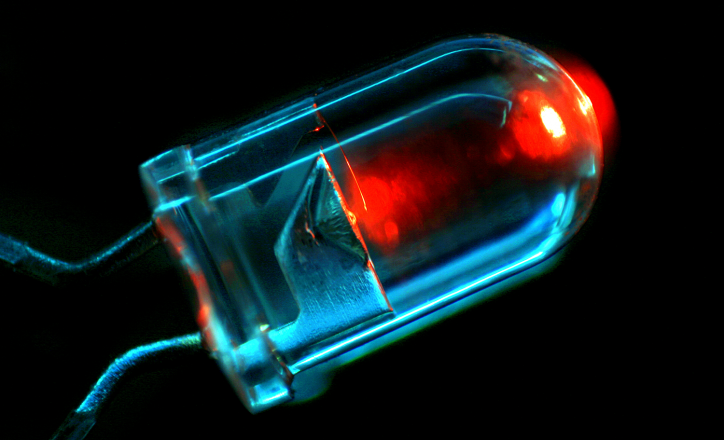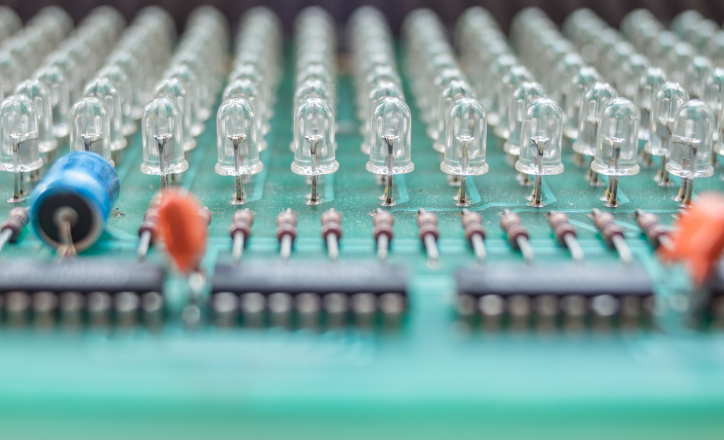




GSS sensors owe their high-speed response to several factors including fast electronics with practical but flexible digital filtering and short optical pathlengths minimizing gas stagnation volumes.
Combined with their accurate, high speed and resolution sampling features, they provide the user with the ability to analyse waveforms with unmatched fidelity.
Gas Sensing Solutions Ltd
60-62 Grayshill Road
Westfield Industrial Estate
Cumbernauld
UK
G68 9HQ
©2024 GSS. All rights reserved.